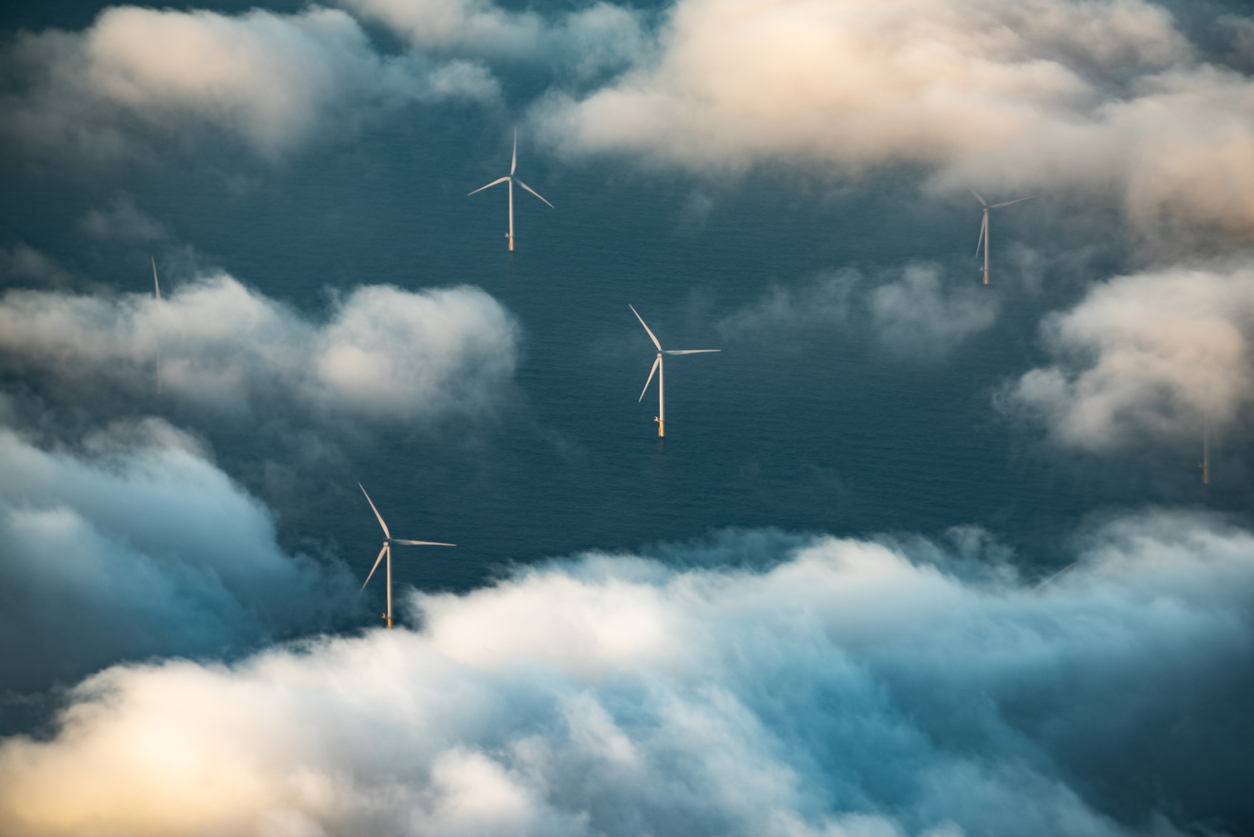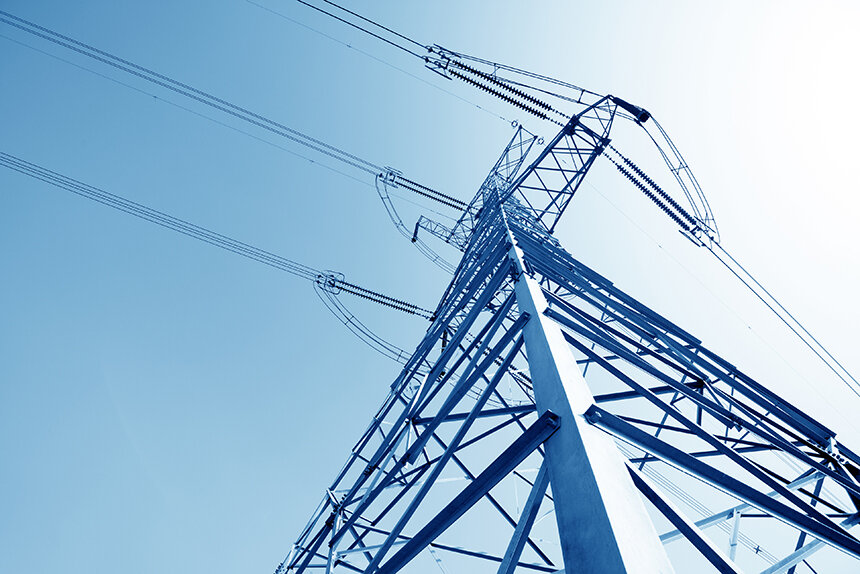Offshore Wind Can Change Habitats for the Better
July 9, 2020
Since the Block Island Wind Farm, four years ago, pioneered U.S. offshore wind development, the United States has positioned itself to become a world producer of electricity in this renewable energy sector. Turning the wind’s kinetic energy into electrical power is gaining popularity, so much so that 2,000 offshore wind turbines could be erected off the East Coast in the next 10 years.
But with growth comes questions and resistance, so scientists and environmental advocates across the country and in Rhode Island are seeking opportunities to expand offshore renewable energy while reducing environmental risks.
With world-class fisheries and wildlife in Ocean State waters, the potential for victory seems on par with ruin. So it’s vital to understand how the trifecta interacts symbiotically: offshore wind facilities, current recreational and commercial uses, and the existing ecosystem.
“As we experience this growth, we see that the state and local decision-makers, resource users, and other end users are struggling to keep up with the decisions they’re having to make and also understand the potential impact it may have on existing activities and natural wildlife,” said Jennifer McCann, director of U.S. coastal programs at the University of Rhode Island’s Coastal Resources Center. “While some places in Rhode Island, Massachusetts, and Europe have been working in this game for many years, there are others who are just beginning to ask questions and get their bearings on this growth. Given this growth is likely, [we need to] better understand how can we minimize the effects on existing future uses and wildlife.”
The development of offshore renewable energy has already exploded in Europe. WindEurope estimates that it now has offshore wind capacity of 22.1 gigawatts from 5,047 grid-connected offshore wind turbines across 12 countries, with 502 turbines installed last year alone. Scientists and researchers there already are coming to terms with the risk and impacts, both positive and negative, of offshore wind turbines.
Sharing their knowledge about the U.S. market in a June webinar, moderated by McCann, with Rhode Island Sea Grant and URI’s Graduate School of Oceanography, two experts said the impacts on the environment are steep. They advocated for proper management and reduced activity to maintain a healthy marine environment.
Jan Vanaverbeke, a senior scientist at the Royal Belgian Institute for Natural Sciences, and Emma Sheehan, a senior research fellow at the University of Plymouth in the United Kingdom, presented more than a decade of research from investigating the change in biological diversity and ecological interactions resulting from offshore renewable energy structures.
Their research began at the smallest scale, with tiny marine animals and microorganisms inhabiting a turbine when it’s first installed, Vanaverbeke said. Huge numbers of this diverse marine life make a home at the base of these 600-foot-high, 200-ton turbines affixed to the seabed. This area also attracts other animals such as fish and crustaceans. They noted how offshore aquaculture and offshore energy infrastructure can support each other and improve the diversity of marine ecosystems.
“Abiotic effects, like currents, vibration, noise, and electromagnetic fields, will have an affect on the biology,” Vanaverbeke said. “In this case, it would deliver food for society, because certain fish species, like cod and pouting, were attracted to turbines. … What we see in the scour protection layer [a layer of material to protect erosion around the turbine] shows increased diversity, giving additional complexity and shelter for species.”
He also saw evidence of this conflicted cause-and-effect relationship when additional marine animals were drawn to the turbines, as they impacted sediment and water quality. Taking organic matter and food from the water, they also excrete matter, which sinks to the seabed and negatively alters the sedimentary environment.
“Offshore wind farms actually do change the habitat and the environment,” Vanaverbeke said. “Research will inform you of consequences of those changes, and how to understand what this change will mean for the larger marine ecosystem. We actually want to apply this knowledge for marine spatial planning. We can see where to put the wind farm, where is the best place from an ecosystem perspective. We have to know about carrying capacity for aquaculture activities. We can also use this knowledge for a better wind farm design, in such a way that they would contribute to nature restoration and conservation, or we can play around with the complexity of the scour protection layer and use it as a nature restoration tool.”
Sheehan expanded on their research with her analysis of ecological interactions between offshore installations and the potential benefits of ambitious management. Highlighting marine protected areas (MPA), a fresh or saltwater zone that is restricted to human activity, Sheehan focused on ecosystem-based fisheries management and offshore installations that have the potential to be super MPAs, by excluding destructive fishing practices and adding habitat.
She noted the term “ocean sprawl,” similar to urban sprawl, which is becoming more widely known as pressure increases for offshore energy installations.
Sheehan said it’s important to consider the benthos and their associated fish communities, because they are the foundation for the entire marine ecosystem.
Reducing or eliminating bottom fishing, which she said is destructive of rocky reefs and sediment habitats, is one way to protect these important marine areas. In one MPA she has been studying for 13 years, scallop dredging was prohibited, which ultimately allowed reef-associated species to return.
Since the siting of most offshore wind facilities is on these habitats, Sheehan advocated for installations to be progressively managed like de facto MPAs, to support essential fish habitats and protect the seabed.
“There is lots of potential for environmental benefit of co-locating offshore aquaculture with offshore renewables from an environmental point of view, but also from an economic point of view, because sharing space is going to be the only way we can move forward for this industry,” Sheehan said. “If bottom-towed fishing is excluded from the whole site, offshore developments can have positive effects on the ecosystem, increase ecosystem services, support other fisheries, and help us move toward a carbon-neutral society.”




Its sad to see this coming to fruition, corporate wind farms taking over our most productive fishing grounds,the carbon footprint of building one windmill can not be repayed. Its a corporate boondoggle. Just like cutting down forests for solar. Put the solar panels on big box stores not oxegen making carbon eating forests. Its all about money and has nothing to do with saving our ecosystems. Sad that your onboard with this. Find the truth before printing propaganda for dong/ Orsted,BP oil. Its disgusting.